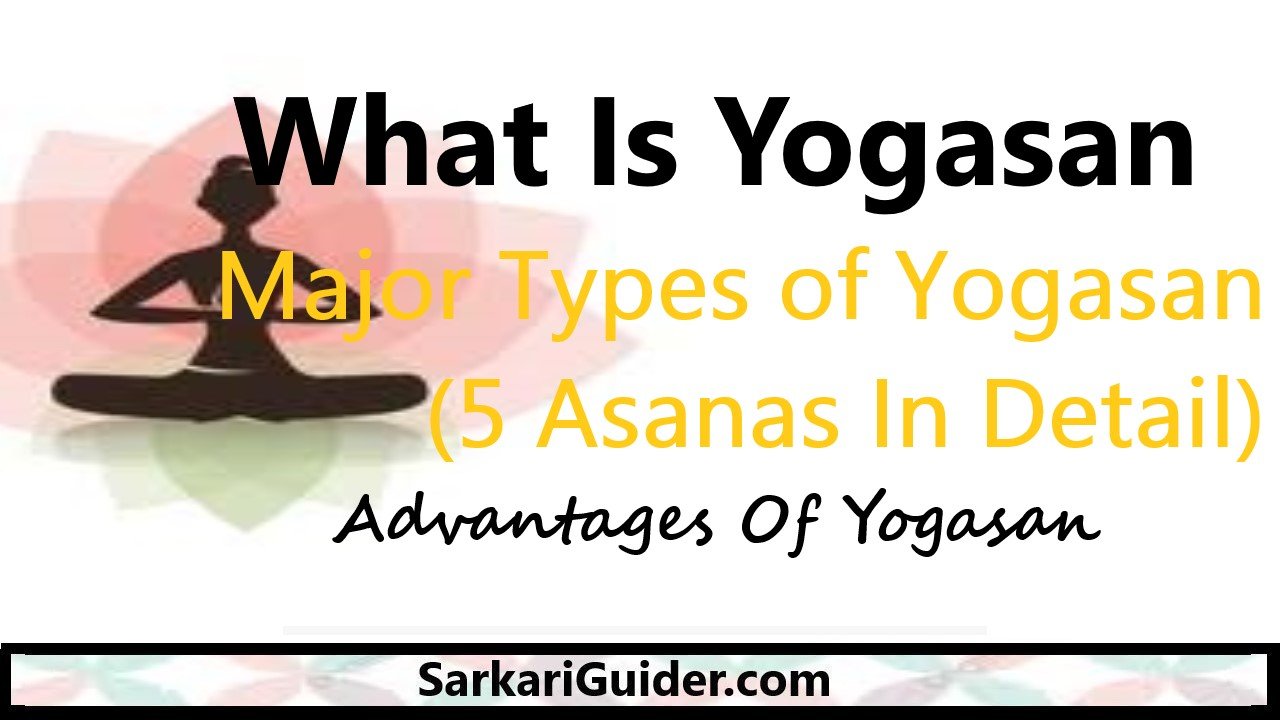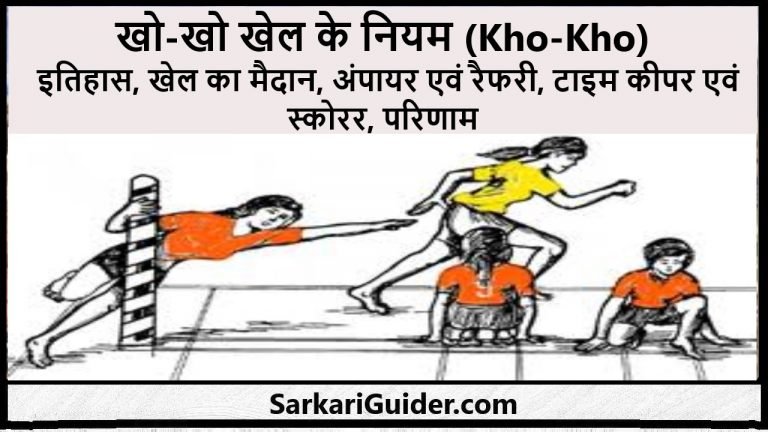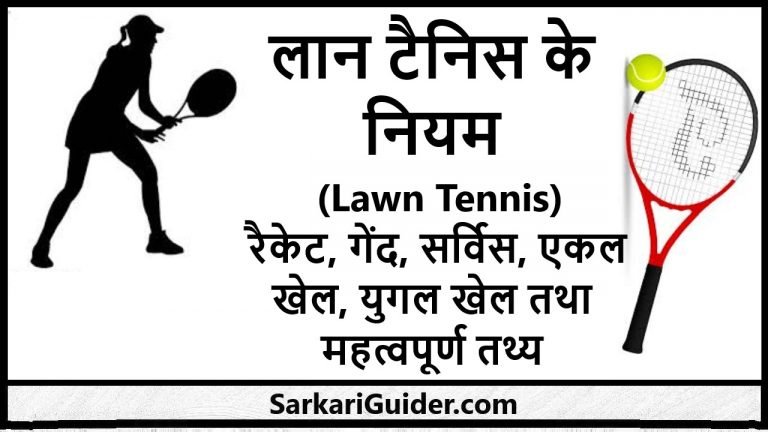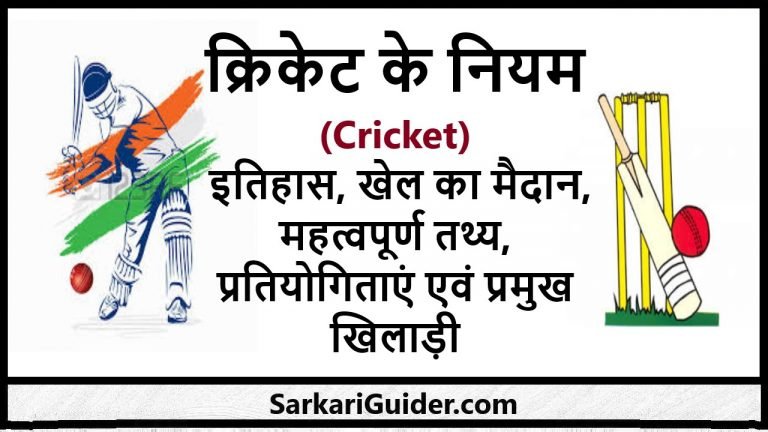What Is Yogasan | Major Types of Yogasan (5 Asanas In Detail) | Advantages Of Yogasan

What Is Yogasan | Major Types of Yogasan (5 Asanas In Detail) | Advantages Of Yogasan
Yogasans are the asanas which stabilize the mana and keep the body healthy. The body becomes smart, flexible, strong, capable and work efficient.
Advantages of Yogasan
The following are the benefits of yogasan:
- The best benefit of yogasan is that it can be performed easily and within the reach of everyone. It is the method of exercise, in which, there is no expenditure and no equipments are required.
- Every person, let it be old or young, rich or poor, men or women can do it. Even the sick persons and pregnant women can also perform yogasan.
- There are stretching, bending and tension related activities which are helpful in removing tension. These activities make a person feel relieved from fatigue, mental tension and lost energy is restored.
- It helps in proper functioning of the glands. A person remains young and energetic.
- It also helps in cleaning the stomach from within. The digestive power increases and a person appetite improves.
- Continuous practice of yogasan keeps the spinal cord straight and flexible.
- It helps in mental development. It increases the patience of a person, his attitude in right direction and strengthens the efforts of self-development.
- It helps in improvement of posture and many defects of body.
- Various diseases can be cured by regular practice of yoga.
Types of Yogasan
-
Surya Namaskar
There are many asanas included in yogic activities. Surya Namaskar is most important in Asanas. It alone can ensure the benefits of all types of yogic practices.
Methodology
- Pranama Asana (Prayer Posture)- Stand erect facing the east, with hands relaxed by the sides. Inhale and join the palms in Namaskara Mudra on the chest. Breathe normally and concentrate on the rising sun.
- Hasta Uttan Asana (Raised Arms Posture)- Inhale and raise the arms high. Bend backward as far as possible. Hold the breath in.
- Pada Hasta Asana (Head to Foot Posture)- Without bending the knees, bend forward while exhaling till the palms touch the floor. Stay in this posture as long as you feel comfortable.
- Ashwasanchalan Asana (Equestrian Posture)- Without inhaling, bend the left knee and stretch the left leg as far back as possible. Until the palms rest on the floor. The weight of the body should now be supported on the two hands, the left foot, the right knee and the right toes. Hold your breath.
- Parvat Asana (Mountain Posture)- Exhale as you straighten the left leg to place the left foot beside the right one. Raise the buttocks and keep the head up, with the heels touching the floor. The body should form two sides of a triangle with the legs and arms unbent.
- Ashtanga Namaskar Asana (Salute with total surrender Posture)- Lower the body to the floor so that the toes of the feet, the knees, the chest, the hands and the chin touch the floor. The hips and the abdomen should be raised. Hold your breath.
- Bhujanga Asana (Cobra Posture)- While inhaling, raise the body from the waist up by straightening the arms. Bend as far back as possible. The spine should be bent to the maximum.
- Parvat Asana – This is the repetition of position five. Exhale and lift the body. Keep the feet and heels flat on the floor.
- Ashwasanchalan Asana- This posture corresponds to position four with the legs in alternate positions. Inhale and bring the right foot in line with the hands. The left foot and knee should touch the ground. Look slightly up.
- Pada Hasta Asana- Exhale and bring the left leg forward. Keep the knees straight. Bring the head to the third position.
- Hasta Uttan Asana- This is repetition of position two.
- Final Posture- Exhale, drop the arms and relax.
Precautions
- It should not be practiced by pregnant woman.
- People suffering from high blood pressure and hernia should avoid practicing this asana.
- Those suffering from back pain should consult with expert before practicing it.
Advantages
- It is very effective in losing weight.
- It improves digestion and increases appetitite.
- It makes body flexible.
- It helps it reducing stress and anxiety.
- It improves body posture.

-
Padmasana
Padmasana involves following technique or methodology:
- Stretch both the legs and sit down, hands side wise and palms on the ground with fingers together and facing towards front side.
- Slowly put the ankle of right leg on the left thigh with the help of both the hands.
- Similarly, put the ankle of left leg on the right thigh with the help of both hands.
- Put both the hands on knees in meditation posture. Close your eyes or look straight.
- Put down left leg from right thigh and keep the left leg straight.
- Similarly, put down the right leg from left thigh and come back in the starting point.
Precautions
- This is a meditative Asana, so the vertebral column should be straight.
- Do not apply much force while putting a leg on the other thigh.
Advantage
- This Asana is useful for meditation.
- The vertebral column becomes straight after continuous practice.

-
Paschimottanasana
Paschimottanasana involves following techniques or steps:
- Lie flat on the back with arms parallel to the body and legs together.
- Inhale deeply and stiffen the body.
- Slowly raise the head and chest and assume a sitting posture, keeping the knees rigid and legs on the floor.
- Now exhale and bend further to hold the toe.
- Then slowly bend till the face rests on the knees.
- Inhale and return to the sitting position and then be flat on your back with arms parallel to the body.
Precautions
- If this Asana is done for long time, it causes constipation.
- Avoid doing it you are suffering from lower back pain or injuries.
- It shouldn’t be perfomed during pregnancy.
Advantages
- The lungs become strong by deep breathing. It also reduces belly fat.
- It fixes all disorders of the spine.
- It relieves backache and back problems.
- It improves digestion.

-
Dhanurasana
Dhanurasana is performed in following way:
- Lie down flat on the abdomen. Now bend the legs from knees and try to press both the heels towards the hips with the help of both the hands.
- Now take long breath and hold it, then stretch both the legs up with the help of both the hands. Stretch the body till it becomes like a bow.
- Exhale the breath and come to the initial position. Repeat it at least three times.
Precautions
- People suffering from back and neck injuries should not practice this asana.
- Someone who has undergone abdominal surgery recently should also avoid this.
- Avoid practicing dhanurasana if you are suffering from high blood pressure, hernia, migraine, headache or ulcers.
Advantages
- It improves digestive system and also improves appetite.
- The vertebral column becomes flexible and strong.
- The blood circulation near abdomen becomes rapid which improves digestion.
- It reduces the belly fat.

-
Shavasana
Shavasana is performed in following way:
- Lie down on your back and keep hands on the ground.
- The entire body should be kept relaxed and in a straight position.
- The eyes must be closed throughout this asana.
- Now relax all muscles of the body.
- When all the nerves are calmed down, one feels completely relaxed and refreshed.
Precautions
- Always keep your eyes closed.
- There should be no movement in the body while doing this Asana.
- Try to keep the body lose and relaxed as much as you can.
Advantages
- It ensures complete relaxation and perfect ease and removes fatigue in all situation.
- It induces calmness of mind. When the muscles, nerves and other organs are fully relaxed they gain strength and normal health is restored.
- It reduces blood pressure and cures insomnia.
- If performed perfectly, the feeling of relaxation from this asana is far superior to that experienced from tranquilizers and sedatives.

महत्वपूर्ण लिंक
- भारोत्तोलन के नियम (Weight Lifting)- उत्थापकों का वर्गीकरण तथा सम्पूर्ण जानकारी
- कुश्ती के नियम (Wrestling)- इतिहास, नियम तथा महत्वपूर्ण तथ्य
- हैण्डबॉल के नियम (Hand Ball)- खेल का मैदान, महावपूर्ण तथ्य तथा जानकारियाँ
- बास्केटबॉल के नियम (Basketball)- खेल का मैदान, महत्वपूर्ण तथ्य एवं प्रतियोगिताएं
- टेबल टेनिस के नियम (Table Tennis)- रैकेट, गेंद, टेबल, सर्विस, प्वाइंट तथा मैच इत्यादि
- लान टैनिस के नियम (Lawn Tennis)- रैकेट, गेंद, सर्विस, एकल खेल, युगल खेल तथा महत्वपूर्ण तथ्य
- बैडमिण्टन के नियम (Badminton)- खेल, कोर्ट, सर्विस क्षेत्र, रैकेट, शटल तथा रैफरी
- क्रिकेट के नियम (Cricket)- इतिहास, खेल का मैदान, महत्वपूर्ण तथ्य, प्रतियोगिताएं एवं प्रमुख खिलाड़ी
- हॉकी के नियम (Hockey)- इतिहास, खेल का मैदान, महत्वपूर्ण तथ्य एवं प्रमुख प्रतियोगिताएं
- वालीबॉल खेल के नियम (Volley Ball)- इतिहास, खेल का मैदान, खेल के महत्वपूर्ण तथ्य तथा प्रतियोगिताएं
- फुटबॉल खेल के नियम (Foot Ball)- इतिहास, खेल का मैदान तथा फुटबॉल खेल के महत्वपूर्ण तथ्य
- कबड्डी खेल के नियम (Kabaddi)– मैदान, पोशाक, बोनस रेखा, समयावधि, वर्जित बातें
- खो-खो खेल के नियम (Kho-Kho)- इतिहास, खेल का मैदान, अंपायर एवं रैफरी, टाइम कीपर एवं स्कोरर, परिणाम
- जूडो खेलने के नियम (Judo)- अवधि, खेल क्षेत्र, पोशाक तथा महत्वपूर्ण नियम एवं तथ्य
- What in Injury – Types, Prevention, Treatment
- What is Fatigue – Meaning, Types, Symptoms, Causes, Prevention, Relief
Disclaimer: sarkariguider.com is created only for the purpose of education and educational sector. sarkariguider.com does not own this book/materials, neither created nor scanned. We provide the links which is already available on the internet. For any quarries, Disclaimer are requested to kindly contact us, We assured you we will do our best. We do not support piracy, this copy was provided for students who are financially troubled but deserving to learn. If in any way it violates the law or there is a problem, please mail us- [email protected]







